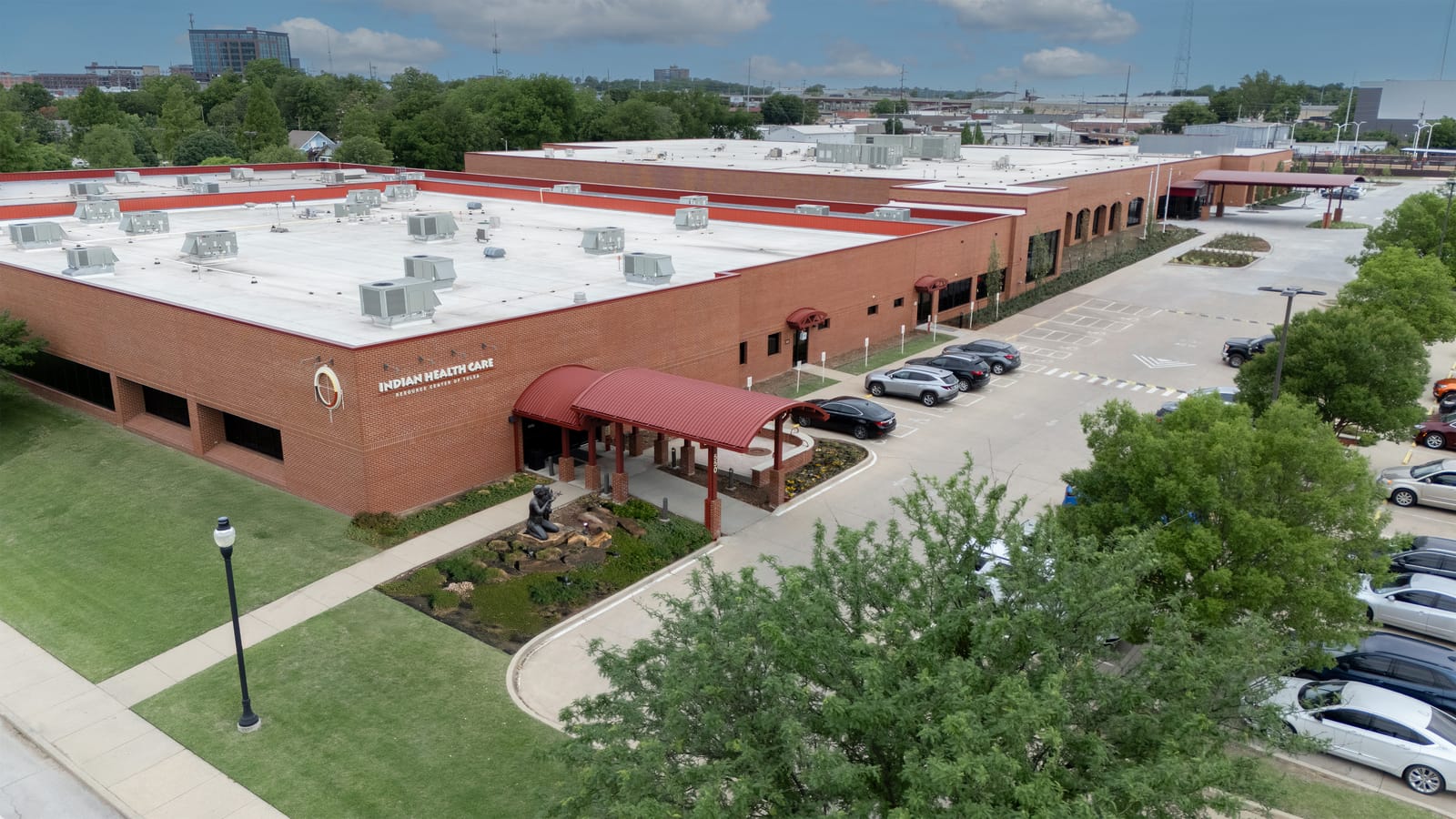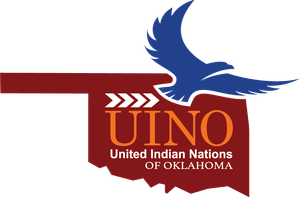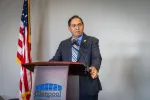

Tulsa Mayor Monroe Nichols, Muscogee Nation Second Chief Del Beaver Among Speakers at Indian Health Care Resource Center of Tulsa’s 62,000-Square-Foot Expansion Event
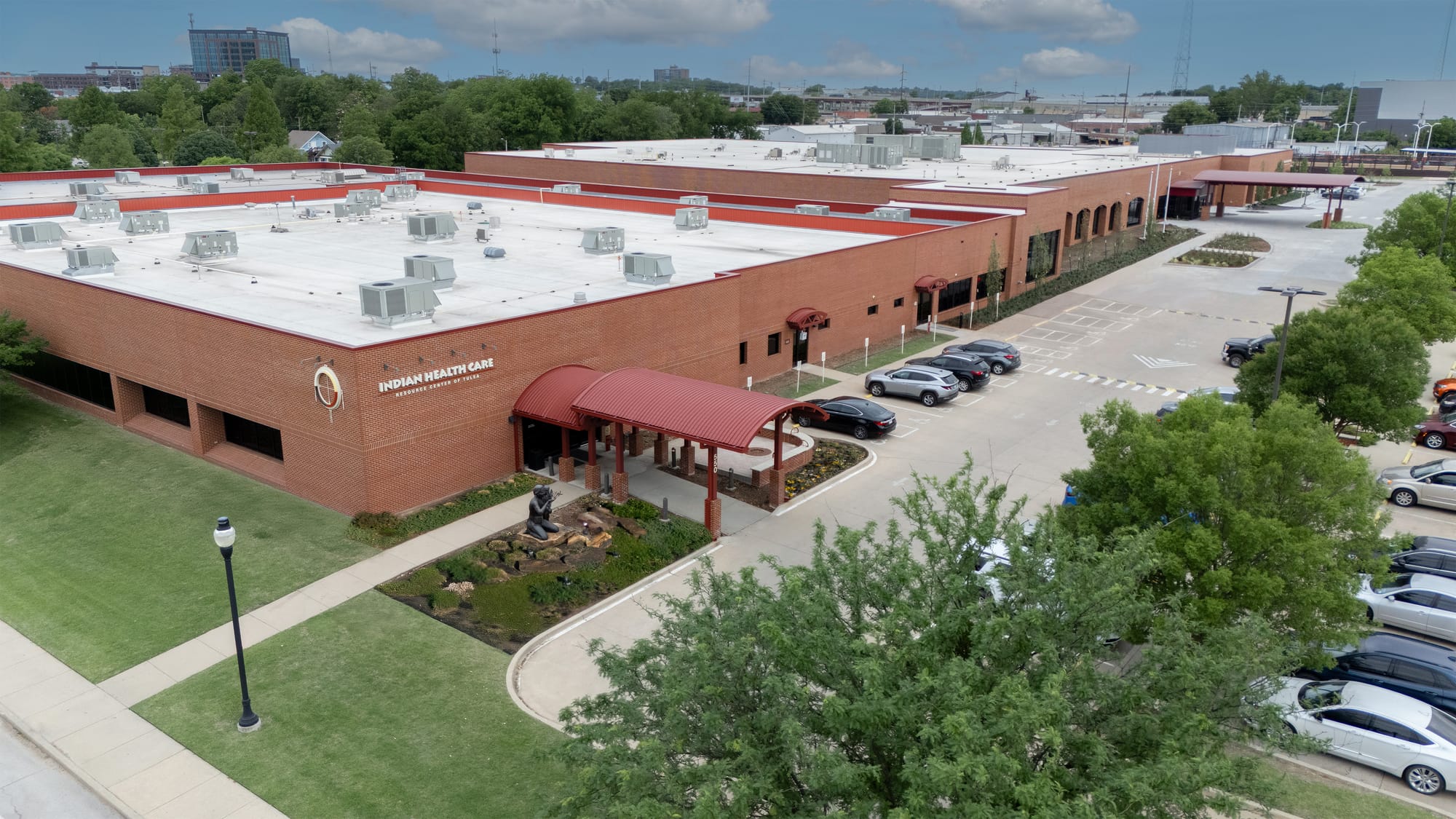
Tulsa, OK –Indian Health Care Resource Center of Tulsa (IHCRC) will welcome Tulsa Mayor Monroe Nichols and Muscogee Nation Second Chief Del Beaver to take part in its 62,000-square-foot facility expansion event 10 a.m. Wednesday, July 2, at 530 S. Peoria Ave.
Several hundred are expected to attend the celebration, which will officially open the facility to the public that will allow IHCRC to offer occupational, physical, and speech therapy services, as well as expanded health and wellness, dentistry, optometry, and pharmacy services:
· Health and Wellness will have additional workout areas and equipment.
· Dental operatories will expand from four to 10, equipped with state-of-the-art sterilization equipment.
· Optometry will expand from three to six exam rooms, with brand-new equipment, and dedicated rooms for specialized testing.
· Pharmacy expands from two to five drive-through lanes, which opened to patients May 16.
The Ribbon Cutting Ceremony will also celebrate Native American culture, including a Cedar Blessing by Bill Wamego, raising the flags outside the facility by Muscogee Nation Women’s Honor Guard, and original artwork displayed throughout the new hallways. The event will be the culmination of more than a decade of planning and construction work that broke ground in June 2023. Expanded space for services will further IHCRC’s Mission: “To empower the American Indian through exceptional healthcare!”
“As we broke ground for our expansion, I was filled with gratitude for our dedicated team and community supporters who have enabled us to grow into the clinic we are today,” said Carmelita Skeeter, IHCRC Chief Executive Officer. “This expansion will further strengthen our ability to provide comprehensive healthcare services, ensuring a brighter and healthier future for our community.”
For more than 25 years, IHCRC has called Fifth Street and Peoria Avenue home, with the original 550 S. Peoria Ave. facility opening in June 1999. The clinic completed its first expansion project in 2011. The latest addition will more than double the size of IHCRC’s facility to help meet the Tulsa area Native American population’s healthcare needs.
IHCRC also celebrates its continued commitment toward the Native American community in 2025, as the organization earned Standards for Excellence recognition through the Oklahoma Center for Nonprofits early this year and seeks reaccreditation from the Accreditation Association for Ambulatory Health Care (AAAHC) this fall. IHCRC first achieved AAAHC recognition in 2001, and had its status renewed every three years since, adding the Medical Home and Dental Home designations in 2013 and 2022.
Two companies with longtime local ties, general contractor Flintco and designer Childers Architect, worked with IHCRC on this expansion project.
About Indian Health Care Resource Center of Tulsa
IHCRC is a 501(c)(3) nonprofit organization funded through a contract with Indian Health Service (IHS), state and federal grants, private foundations and donors, and its annual fundraiser, Dance of the Two Moons.
Utilizing a patient-centered, multidisciplinary, medical home approach, IHCRC offers a full range of health and wellness services tailored to the American Indian community.
With this expansion, services will also include Occupational, Physical, and Speech Therapy. Continuing IHCRC services include Medical, Pediatrics, Gerontology, Behavioral Health, Dental, Optometry, Health Education and Wellness, Pharmacy, Transportation, Substance Abuse Treatment and Prevention, and Youth Programs focused on traditions, health, and leadership skills.
IHCRC serves more than 11,000 patients representing 134 federally recognized tribes each year to improve the general health status and reduce the incidence and severity of chronic disease of the urban Indian community.
History of IHCRC at Fifth Street and Peoria Avenue
Formerly the site of Tulsa Public Schools Longfellow Elementary, IHCRC dedicated its 550 S. Peoria Ave. facility on June 7, 1999.
Phase I expansion, which increased the facility from 27,000 square feet to 52,392 square feet, completed in 2011.
Phase II expansion, which will have the street address 530 S. Peoria Ave., more than doubles the facility’s total size, adding 62,000 square feet.
Additional past projects at Fifth and Peoria include a 171-car parking lot shared with the VFW that completed in 2007; and a 2014 remodel of the Medical Services area to accommodate “pods” for a more efficient and effective use of Infection Prevention and Control (IPC) care teams.
Other facilities used by Indian Health Care Resource Center of Tulsa
IHCRC began with four employees in 1976, and called several locations home in the 1970s: First at 31st Street and Sheridan Road, then a downtown medical office building at Eighth Street and Denver Avenue, and finally, a former Springer Clinic facility built in the 1930s at 915 S. Cincinnati Ave.
This was IHCRC’s home for 20 years, but program expansion also necessitated the use of a satellite office at 1524 S. Denver Ave. beginning in 1988. When the 550 S. Peoria Ave. facility could not accommodate all IHCRC programs and services, satellite offices opened at 1628 S. Main Street in 2005 and 1630 S. Main Street in 2006.
All IHCRC programs and services moved back to one facility with the organization’s Phase I expansion, which completed in 2011.
'It's a restorative process': Kiowa Tribe already preparing to expand new buffalo herd
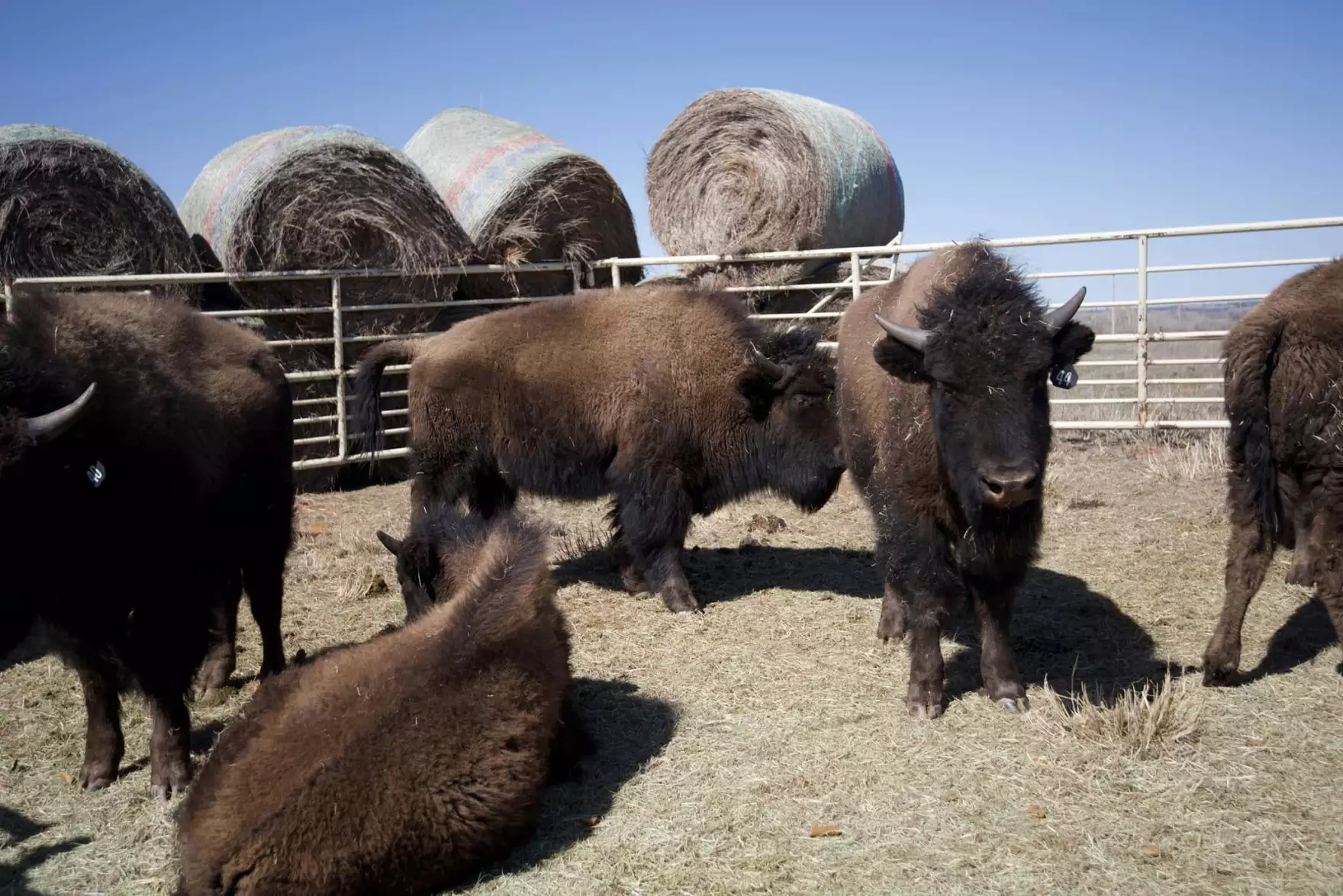
By Sarah Liese (Twilla), KOSU
More than a century after the decimation of Oklahoma’s bison population, the Kiowa Tribe is bringing back an integral part of their culture and connection to the Creator. In March, the Kiowa community welcomed 10 young buffalo to their homelands in southwest Oklahoma and is already looking to expand the herd.
“Buffalo were very integral in our Sundance religion,” Kiowa Chairman Lawrence Spottedbird said. “Although I don't believe we'll ever try to restore the Sundance, the Buffalo was our link in a cycle of life and our link to God.”
Brian Hosmer is Professor and Head of the History Department at Oklahoma State University. He said competition among tribes in the area, combined with the growth of settlers and U.S. policies, significantly contributed to the decline of the bison.
“Policy makers in the 1860s came to recognize that the bison are both unbelievably beneficial to these communities, but also their Achilles heel, because if you destroy the bison, you destroy their capacity to take care of themselves,” Hosmer said. “So there is a deliberate effort to wipe out the bison.”
He noted the industrialization going on at the time, and the expansion of railroads also led to the bison’s downfall because they were able to be shipped to the east for food, and their bones could be ground up for fertilizer. Once the buffalo were effectively wiped out in the area, the focus changed from bison to cattle.
Now, another shift in the bison narrative is changing.
The Kiowa Tribe worked with the Intertribal Buffalo Council to get the bison from the City of Denver to their new 120-acre home near the tribe’s headquarters in Carnegie last spring.
“It's a restorative process, both culturally and spiritually,” Spottedbird said. “The buffalo primarily are going to be for harvesting to distribute to our tribal citizens… and so restoring some of the components that are lost to us as tribal plains, tribal people, and starting to heal our spirits.”
The process of welcoming more buffalo is part of a larger plan, Spottedbird calls “The Kiowa Healing Way,” to cultivate a healthy community through bringing back parts of their culture that were lost, including their language, bison and potentially horses.
Recently, Kiowa leaders met with the Wichita Mountain Wildlife Refuge to discuss expanding the herd to include 100 buffalo. Spottedbird says to make that happen, they need to put up nine miles of fencing and ensure the buffalo will have access to fresh water and grass on the 2,000 acres of land that will be their new home.
He estimates it will take at least six months to assemble the enclosure. Once that happens and the herd can expand, the buffalo can then be harvested for food.
Double Down on What Works: Invest in Native CDFIs, Don’t Eliminate Them
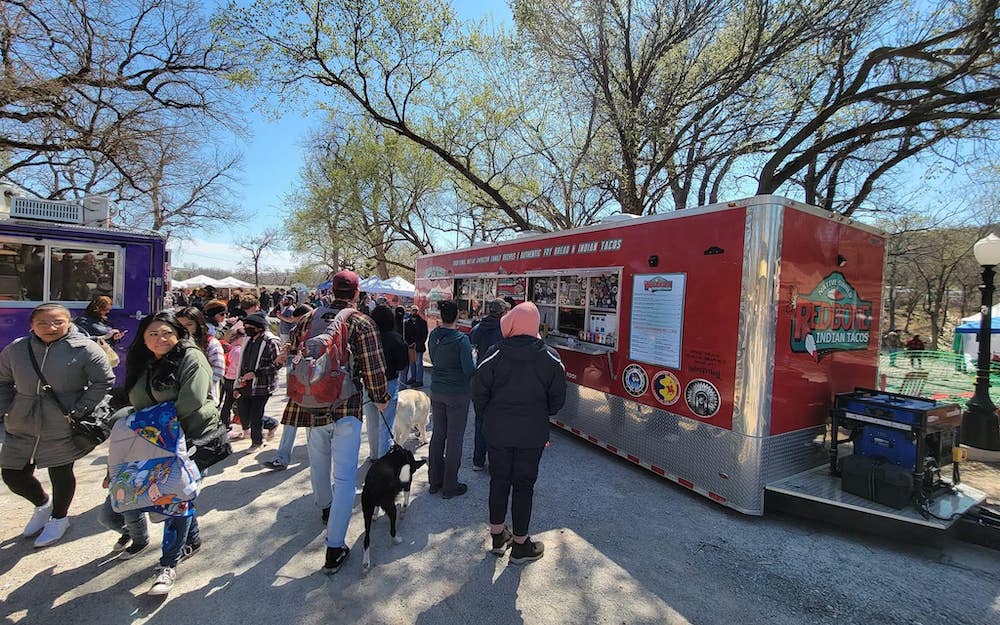
Guest Opinion by Pete Upton:
Twenty-three years ago, Congress confronted a hard truth: Indian Country faced systemic financial exclusion — and Native-led solutions were the key to change. At a Senate hearing prompted by The Native American Lending Study, witnesses like Elsie Meeks of First Nations Oweesta Corporation and Roger Boyd of the U.S. Treasury’s CDFI Fund called for a new federal commitment to Native-controlled lenders.
That call led to the creation of the Native American CDFI Assistance (NACA) program — the only federal funding stream tailored to the unique challenges of lending in Indian Country. And it worked.
Today, 69 federally certified Native CDFIs — and dozens more in development — serve some of the most economically underserved communities in the United States. These Native-led institutions turn modest amounts of federal seed capital into real results: small business growth, homeownership, credit access and culturally grounded financial coaching. They don’t just fill gaps left by traditional banks — they rewrite the rules to serve communities left out of the mainstream financial system for generations.
Yet this proven model now faces an existential threat.
The Trump administration plans to claw back $24 million — or 86 percent — of the NACA funds already appropriated for FY 2025. Worse, the president’s FY 2025 budget would scrap NACA altogether. Native CDFIs would be pushed into a new $100 million rural funding pool, where they would go head‑to‑head with CDFIs holding hundreds of millions—even approaching $1 billion—on their balance sheets and unburdened by the trust‑land, jurisdictional, and distance barriers Native lenders navigate daily. On paper, Native CDFIs might qualify. In practice, they wouldn’t stand much of a chance.
We’ve seen this movie before. Under the New Markets Tax Credit program, Native‑led groups captured less than 0.004 percent of total awards. That’s not reform — that’s erasure.
The irony of all this is hard to miss. Native CDFIs align perfectly with the Trump administration’s stated goals. Treasury and the CDFI Fund have repeatedly described their mission as providing “seed capital” to community lenders. The administration insists the industry has “matured” beyond that need.
That is certainly not true for Native CDFIs. Most manage portfolios under $6 million with fewer than five employees and total assets below $20 million. They are still scaling to meet surging demand.
And the demand is real. According to a 2024 study by the Philadelphia Federal Reserve, 46.4% of Indian Country remains a banking desert — nearly twelve times the national rate. In response, Native CDFIs have stepped in where traditional finance has failed.
They are not “woke.” They are not charities. They are not window dressing. Native CDFIs are fiscally disciplined, community-rooted lenders that uphold the federal government’s trust and treaty responsibilities while delivering measurable results.
Lawmakers on both sides of the aisle recognize what Native CDFIs do and how they do it. In a 2025 Senate Banking Committee hearing, Senator Cynthia Lummis (R-WY) put it plainly: “Native CDFIs are important to fixing the housing crisis in Indian Country. They are a way for Tribes to attract capital that leave Tribal members in control. And in Indian Country, it’s very important that Tribal members be in control.”
Congress has consistently expressed bipartisan support for Native CDFIs. Now is the time to turn those words into action.
We urge Congress to protect NACA and commit to a $50 million annual seed-capital fund for Native CDFIs. That investment would allow Native lenders to scale, meet local needs, and close persistent capital gaps — on Native terms.
We don’t need a new solution. We need to fund the one that’s already working.
Every federal dollar invested in a Native CDFI is multiplied — on average, generating $8 in matching private, philanthropic, or state capital. That leverage turns modest grants into millions of dollars for new housing, thriving Native-owned businesses, and living-wage jobs in rural and urban Native communities. Ending NACA’s seed capital support now wouldn’t just slow Native CDFIs — it would undermine co-investment strategies that rely on a consistent federal baseline.
The fiscal debate in Washington is moving fast. As budget negotiations unfold, Congress must protect Native CDFI funding and lock in a $50 million commitment before the next vote. Doing so would strengthen rural economies, uphold tribal sovereignty, and fuel the next generation of Native-led economic growth.
Pete Upton is the CEO of the Native CDFI Network and Executive Director of Native360 Loan Fund. He is an enrolled member of the Ponca Tribe of Nebraska.
First American Art highlighted at Artesian Arts Festival
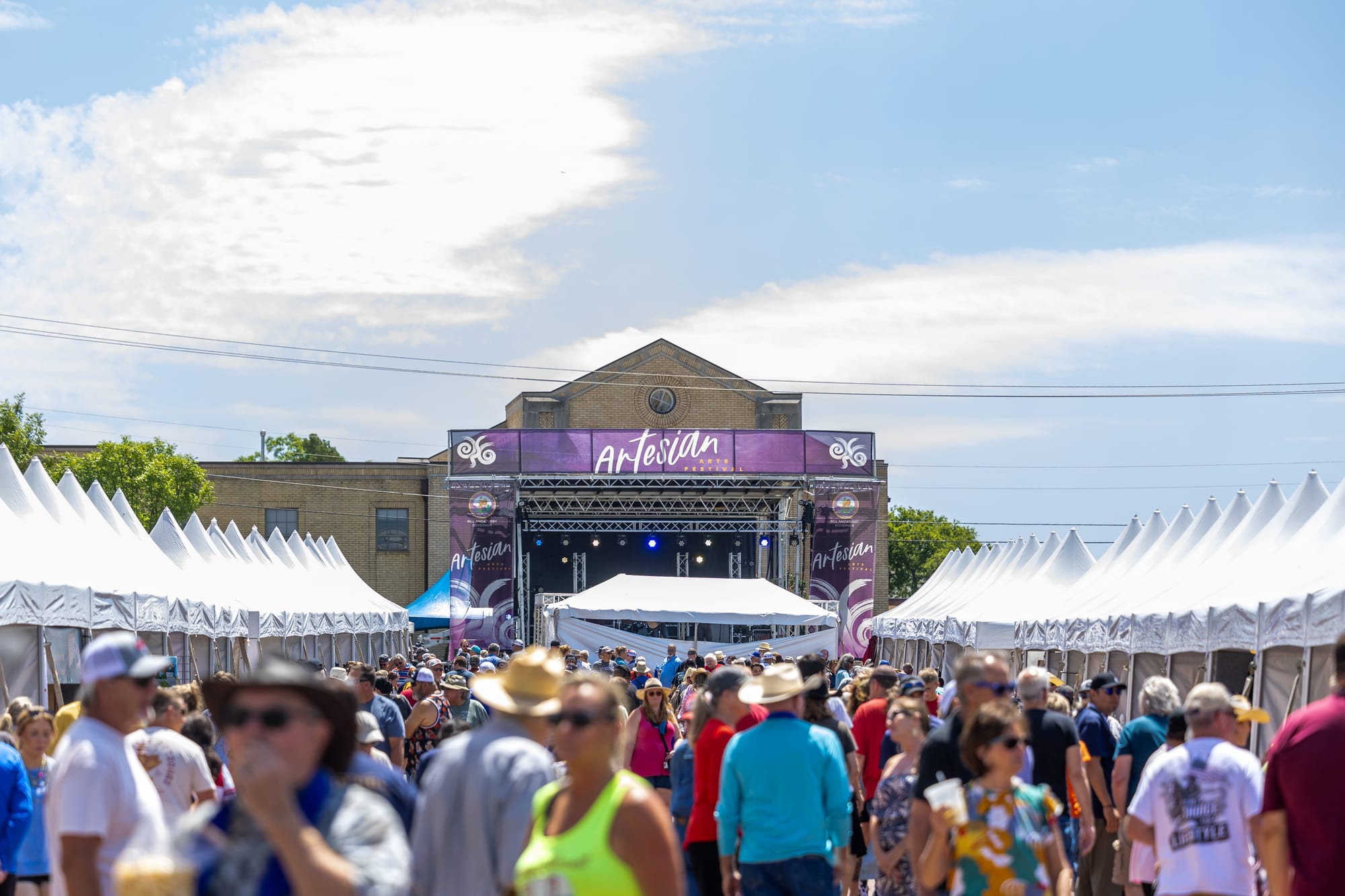
SULPHUR, Okla. – Downtown Sulphur was once again a flurry of activity June 7 as the vibrant sights and sounds of the annual Artesian Arts Festival attracted thousands of art patrons and families.
More than 125 First American artists from across the United States showcased an array of colorful original art — from abstract art to zoomorphic works — in tents along the brick streets of the Artesian Plaza. Works by three Chickasaw artists and one Cherokee artist earned top awards at the 12th annual Artesian Arts Festival.
Chickasaw artist Regina Free’s work “Osi” (eagle) was named Best of Show by Artesian Arts Festival judges. “Osi” is a life-size sculpture made entirely of paper and foam except for the wood used for the talons and the bird’s eyes. Each feather was hand-painted.
Chickasaw artist Dustin Mater’s series titled “Aialhika” (justice) was awarded Best of 2-D by Artesian Arts Festival judges.
“Dancer,” a wooden sculpture created by Chickasaw artist Micah Hart, was named Best in 3-D by festival judges.
Best of Culture was awarded to Cherokee artist Talisha Lewallen for “The Indian Blanket,” an intricately woven basket.
Chickasaw artisan Amanda Schultz returned to the Artesian Arts Festival this year. Her booth displayed her Mandarella’s Workshop handmade clay earrings and was filled with happy shoppers selecting their favorite pair.
“This is my third year in a row to have done the Artesian Arts Festival and I really enjoy this festival,” Schultz, of Ada, Oklahoma, said, adding it ranks as her favorite event to showcase her art.
She enjoys visiting with repeat customers, some wearing the earrings they previously purchased from her. “They are always excited to come back to see my new creations and buy new earrings from me. Just watching my customers admire my clay artwork is worth all the hard work that goes into prepping for the shows.”
Schultz said the hospitality of the Chickasaw Nation employees and volunteers is always top notch and appreciated.
Santo Domingo (Kewa) Pueblo artists Emilio and Marguerite Chavez traveled from New Mexico to participate in their first Artesian Arts Festival and noted they had an enjoyable experience.
Their booth displayed beautiful turquoise, abalone and silver jewelry, and the couple shared the cultural significance of the stones with those who browsed their booth.
Throughout the day, dance demonstrations from the Chickasaw Nation Dance Troupe, Cellicion Traditional Zuni Dancers, Mitotiliztli Yaoyollohtli Aztec Dancers and Oklahoma Fancy Dancers captivated the crowd. Students from the Chickasaw Nation Dance Studio also performed several times during the festival.
The main stage was the scene for a vast array of live musical performances during the event.
The children’s activity booth was a popular spot for families to enjoy make-and-take crafts as well as an opportunity for the youth to have their faces painted with colorful designs.
Rescheduled from early April due to adverse weather conditions in the area, the 2025 Artesian Arts Festival was a community effort and marked the first arts festival conducted since a tornado devastated much of the downtown area more than one year ago.
For more information, visit ArtesianArtsFestival.com.



